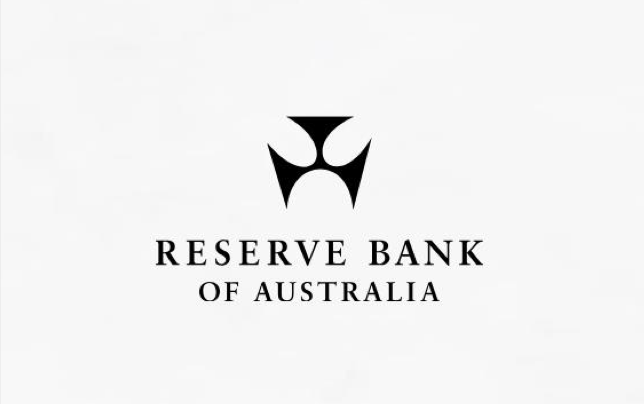
How digital has redefined go-to-market strategy
By Babar Khan for Techcrunch.com
We are all familiar with Careem, Easy Taxi andDah Makan as disruptors.
But how many of you know doctHERs?
doctHERs is a healthcare company that is empowering women to fulfill their Hippocratic oath in the face of cultural and social constraints that leave many of them otherwise unable to practice medicine after marriage. In conservative areas, female patients often feel more comfortable dealing with female doctors than male ones. The clinics operated by doctHERs provide a medical service with which women feel more at ease.
Within its first year, the startup established a collaboration to facilitate care for patients of all primary care diseases by upgrading 800 clinics under DKT, an international social enterprise that manufactures family planning products.
Co-founder and chairman Dr. Asher Hasan, a TED fellow, views the startup as a catalyst for change that corrects two market failures: access to quality healthcare and inclusion in the professional workforce for unemployed, qualified health professionals. By using technology and finding the right collaborations, companies can disrupt new markets, solve customer pain points and distribute value across the chain.
Here are the top four marketing principles of today’s disruptors, like doctHERs.
Aligning with strategic partners
By partnering with DKT early on, doctHERs was able to prove their idea and ability to execute, gaining access to several clinics. By partnering with the hygiene/hand wash category team at Unilever, the startup accessed additional market entry points and the ability to leverage a respected brand name to further their cause. The successes in doing so led the startup to win the HRH The Prince of Wales Young Sustainability Entrepreneur Prize, awarded by Unilever and the University of Cambridge Institute for Sustainability Leadership.
Similarly, agencies like Lion & Lion recognized early that the barriers to entry and inability to test markets held back major international brands from entering the Southeast Asian region. This is why the direct marketing team at Lion & Lion offers companies an end-to-end solution to test the waters with a low cost of entry point.
Digital paves the way for a variety of execution channels between intended customer segments.
Lion & Lion has helped a multitude of consumer brands like L’Oreal extend their offline strategy online, helping them get listed on all online marketplaces as well as connecting them to distribution partners that are willing to issue purchase orders. In removing the apprehension and costs of go to market with digital, they streamline a brand’s entry into an unfamiliar territory and convert the test into a success story.
In doing so, Lion & Lion is taking their value proposition as an agency to the next level, helping brands enter, grow and also advertise. Digital paves the way for a variety of execution channels between intended customer segments.
Make the best out of data
For tax-evading reasons, healthcare providers in developing countries have always been privy to their data and its release. As a nonprofit, doctHERs is incentivized to not only store its customer data efficiently, but also to make sense of it to keep them healthy. It’s incentivized to offer solutions and advice that keep its patients away from the clinic instead of coming back with repeat ailments that for-profit hospitals thrive on. With data, the clinics are able to spot new behavior and scientifically identify trends.
As an agency, Lion & Lion helps international brands identify the customer segments in Southeast Asia by consumption patterns, as well as behavioristic composites around their interests. For Raya 2016, they tapped into customer data to decipher that Malaysian citizens that identify themselves as Malay were more inclined toward a particular range of Maybelline.
Knowing this, a localization strategy targeted them with Raya-themed discounts and bundles, with which sales for their intended category rose by 20 percent. And it’s not just for one-off campaigns — they’re constantly assessing new opportunities for clients by analyzing category stats, how they are moving in the market, tracking the successes and delivering the right message to the right segment at the right time.
Rethinking engagement to “outside in” instead of “inside out”
Every company claims to be customer-centric; few really are. In many cases, a product is created and then the focus moves to selling it. While this approach may have worked for Apple (to some extent) and Ford (to a large extent), recent trends and fads indicate that the market saturation will not tolerate new entrants that do not at the very least consider need or demand.
By focusing on consumer insights, successful market disruptors have blurred the lines that define their industry, redefining the scope of their impact. With their app, Nike was able to be involved after the point of purchase, tracking and rewarding athletic performance of their buyers. As time progressed, the app synced with life insurance providers to offer better policies and terms to Nike’s fitness community.
By using technology and finding the right collaborations, companies can disrupt new markets, solve customer pain points and distribute value across the chain.
As an agency, Lion & Lion recognizes that online is not always the point of sale, and the consequences for conversions vary with every market, segment and psychographic. Uber is failing in developing markets because of its app-first approach, while Careem is dominating those very markets because of its understanding that not all are ready to order a faceless driver via an app. In a similar manner, digital agencies are now helping their clients convert online traffic into offline footfall as a means of introducing target segments to a fresh category.
Cut costs
Patients visiting the clinics adopted by doctHERs can now access female doctors trained at the most elite medical colleges in the region. They also are spared from the long journey to their nearest hospital and the mental anguish that comes from dealing with a poorly trained male doctor. That aside, the participating stay-at-home female doctors offering advice via Skype are, for the most part, offering advice at a fraction of what the patient would pay elsewhere. The power of the internet and other technology that cuts out the middle man has drastically allowed companies to cut costs for their consumers.
This is partially why agencies hire short-term staff from GoGet for online-offline campaigns, and why expatriates in Southeast Asia prefer EasyTaxi over regular taxi services in the region. We know from these experiences how much the middle man was taking and how little value we got in return as a result. True, disruptors are met with distrust and disdain by those affected, and the jobs market will adjust with time. Because of the colossal numbers of transactions it makes on a daily basis, Lazada can leverage scale capabilities to offer its services for a fraction of what traditional variations would charge — and still make a profit.
Agencies like Lion & Lion serve companies within the Southeast Asian region, as well as those eager to enter it. Their go-to-market strategy connects clients to distributors willing to buy goods for as much as 40 percent off the selling price of brick and mortar retailers, while our online marketplace partners offer merchants up to 75 percent margins for the products sold, with inventory selling off in a week, give or take a day.
Whether you’re an incubated startup or a growing company, the understanding and application of these principles to your business can drastically determine your ability to disrupt and make a profit. It’s a brave new world, an accepting world — and it’s waiting to be disrupted.
First appeared at Techcrunch.com




